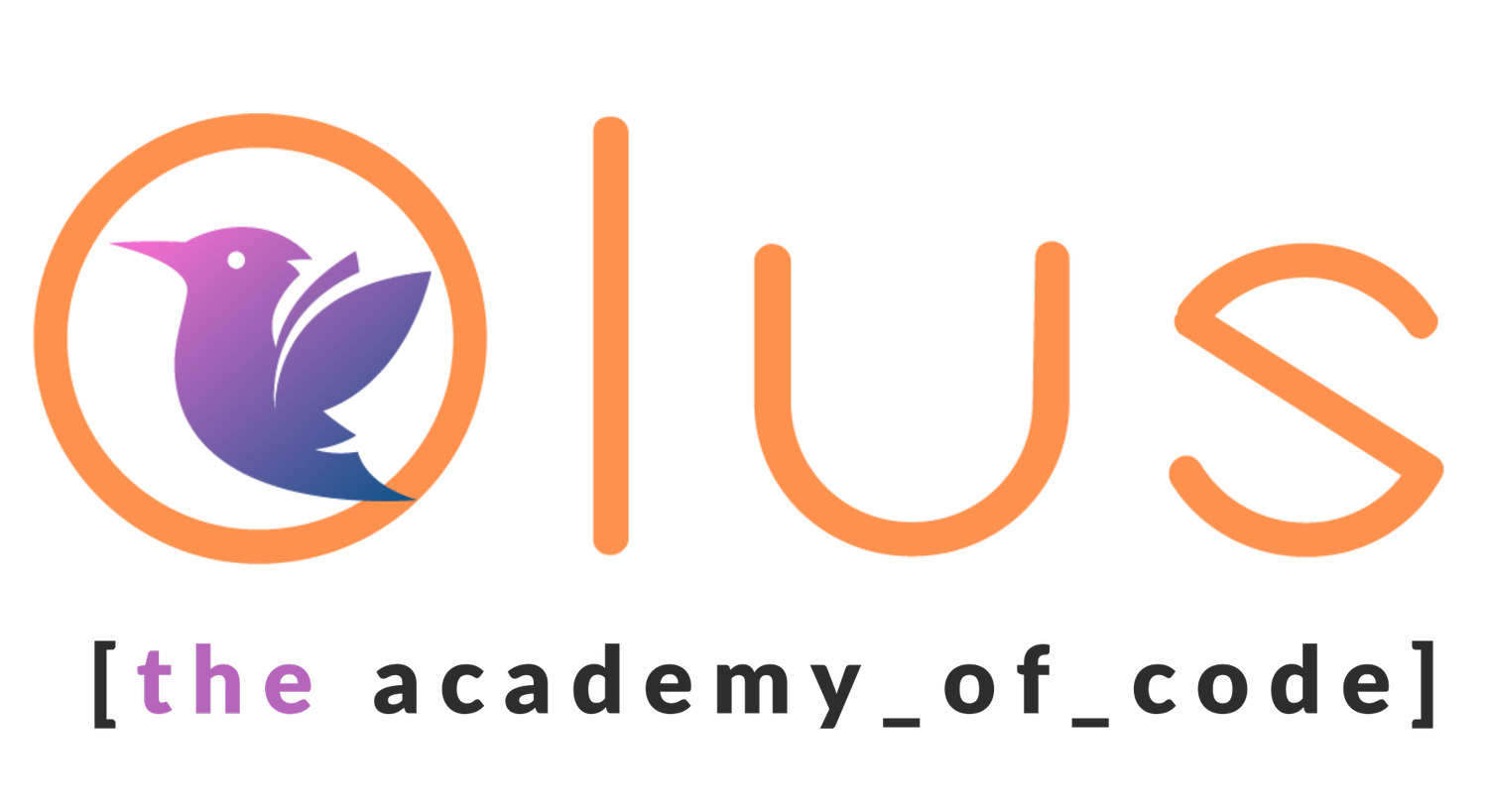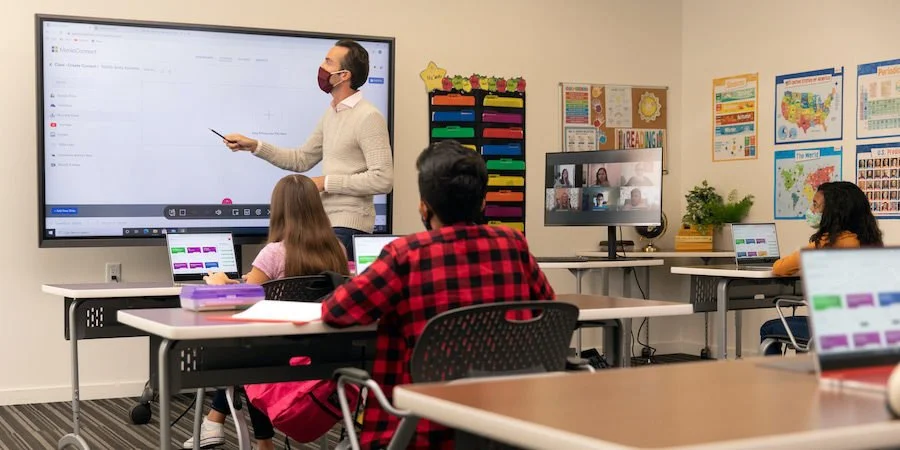Unlocking the Future: Why Coding Classes are a Must for Your Child's Digital Literacy
Did you know that 65% of kids starting primary school today will end up working in jobs that haven't been invented yet? In our rapidly evolving digital world, equipping children with strong digital skills is no longer optional—it’s essential. If you're considering coding classes for your child, understanding the broader impact of digital literacy could be the game-changer you need. This post dives into the state of digital literacy among young people in Ireland, compares the skills of Gen Z and Millennials, and highlights ongoing efforts to bridge the gaps in digital education.
The Current State of Digital Literacy in Ireland
Ireland has made significant strides in integrating digital skills into education. Recent reports show that 59% of secondary schools now include STEM and digital skills in their curriculum, with 34% blending these skills into both regular and extracurricular activities. However, despite this progress, challenges remain—only 18% of schools feel they have adequate resources to support these programs.
Student engagement in digital literacy is notably strong. Around 46% of teachers rate student engagement as high, and 29% say it's very high. The Irish government’s "Literacy, Numeracy, and Digital Literacy Strategy 2024-2033" aims to bolster digital literacy from early childhood through young adulthood, emphasising the need for broad support across different groups.
For example, at St. Brigid’s National School in Dublin, teachers are incorporating coding and robotics into lessons, providing students with hands-on experience in digital problem-solving. Such initiatives not only enhance digital skills but also foster critical thinking and creativity.
Comparing Digital Skills: Generation Z vs. Millennials
Generation Z, born between 1995 and 2012, are true digital natives. They’ve grown up with advanced technology at their fingertips, excelling in using various digital tools and platforms. However, their proficiency often leans more towards usage rather than critical analysis, source evaluation, or understanding the broader implications of digital content. (The Future of Commerce) (Phys.org)
In contrast, Millennials, born between 1981 and 1995, witnessed the internet and digital technologies' evolution. This generation typically has a more balanced approach to digital literacy, possessing both technical skills and the critical thinking needed to navigate digital content effectively. As an expert from Deloitte noted, “Millennials tend to value a healthy work-life balance and are more likely to seek feedback and recognition in the workplace. Gen Z, on the other hand, is more comfortable with digital communication platforms but may struggle with face-to-face interactions.” (The Future of Commerce).
The differences between these generations highlight the evolving nature of digital literacy and the need for tailored educational approaches to meet each group's unique needs. (The Future of Commerce).
Bridging the Digital Literacy Gap
Ireland and the European Union are working diligently to close the digital literacy gap between generations. The EU’s "Digital Education Action Plan (2021-2027)" aims to create a top-tier digital education system and enhance digital skills for the future. Similarly, Ireland's updated "Digital Strategy for Schools" focuses on integrating digital technologies into teaching, upgrading infrastructure, and supporting teachers with professional development.
One initiative making a significant impact is the “Digital School of Distinction” award, which recognizes schools excelling in the integration of digital technologies into their curricula. This sets a benchmark for others to follow, inspiring widespread adoption of digital literacy practices.
Why Enrol in Coding Classes?
Develop Critical Thinking and Problem-Solving Skills: Coding teaches kids to think logically and tackle complex problems—skills that are invaluable across all areas of life.
Enhance Digital Literacy: Beyond basic skills, coding helps kids understand technology on a deeper level, making them savvy consumers and creators of digital content.
Prepare for Future Job Markets: As the demand for digital skills grows, learning to code gives kids a competitive edge, opening up career opportunities in various fields.
Encourage Creativity and Innovation: Coding is a creative process that encourages kids to innovate and experiment, nurturing their ability to think outside the box.
Support Educational Goals: Coding complements other subjects, reinforcing classroom concepts and offering practical applications for theoretical knowledge.
Here's what one parent had to say: “Enrolling my daughter in coding classes has been one of the best decisions. Not only has she developed impressive technical skills, but she’s also more confident in solving problems creatively.”
Conclusion
Investing in your child's digital education today is a critical step towards securing their future success. Coding classes do more than teach technical skills—they equip children with the tools to think critically, solve problems, and innovate in a rapidly changing world. Don’t wait—take the first step by enrolling your child in a coding class today, setting them on a path to digital literacy that will serve them well for years to come.

